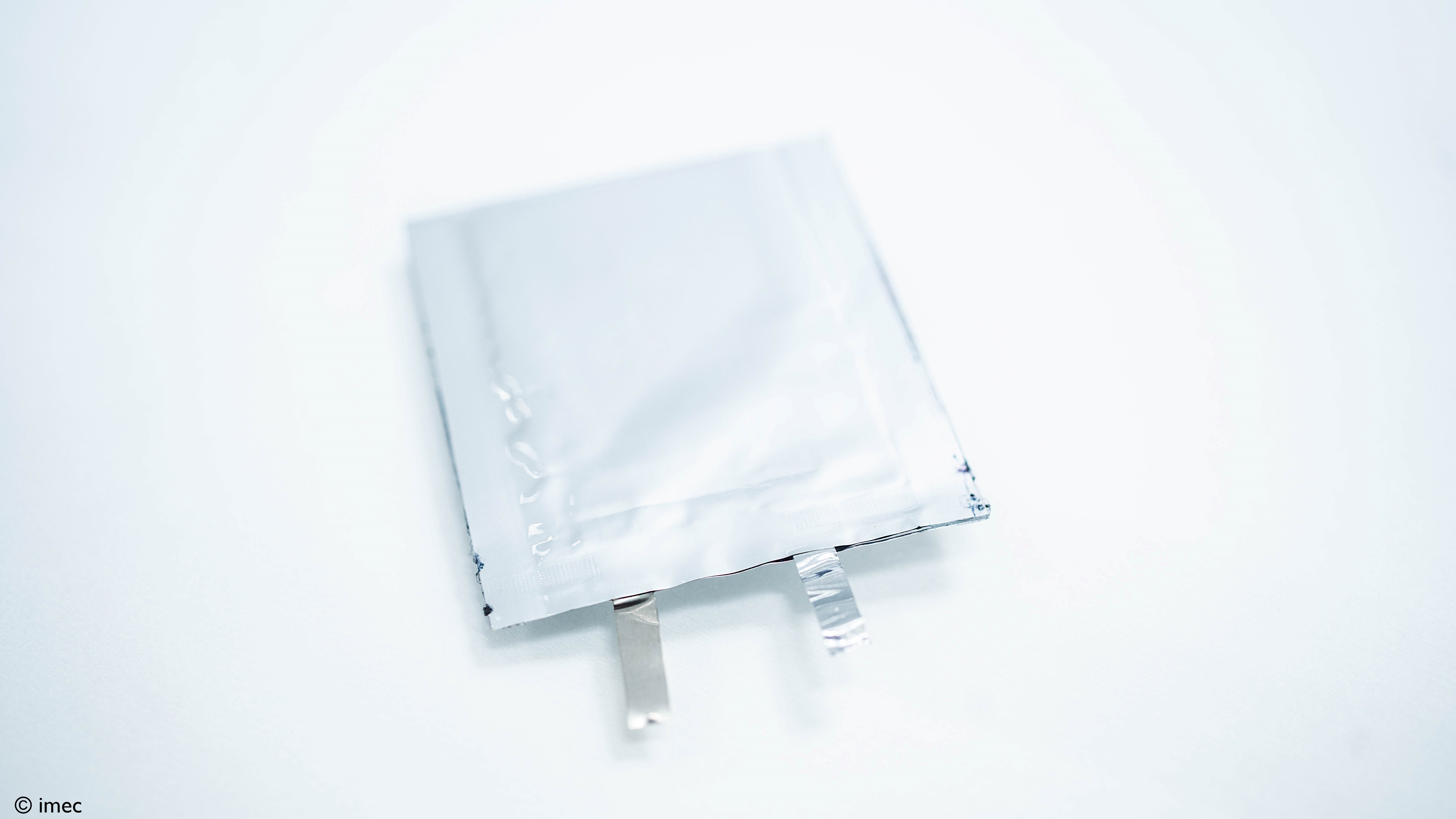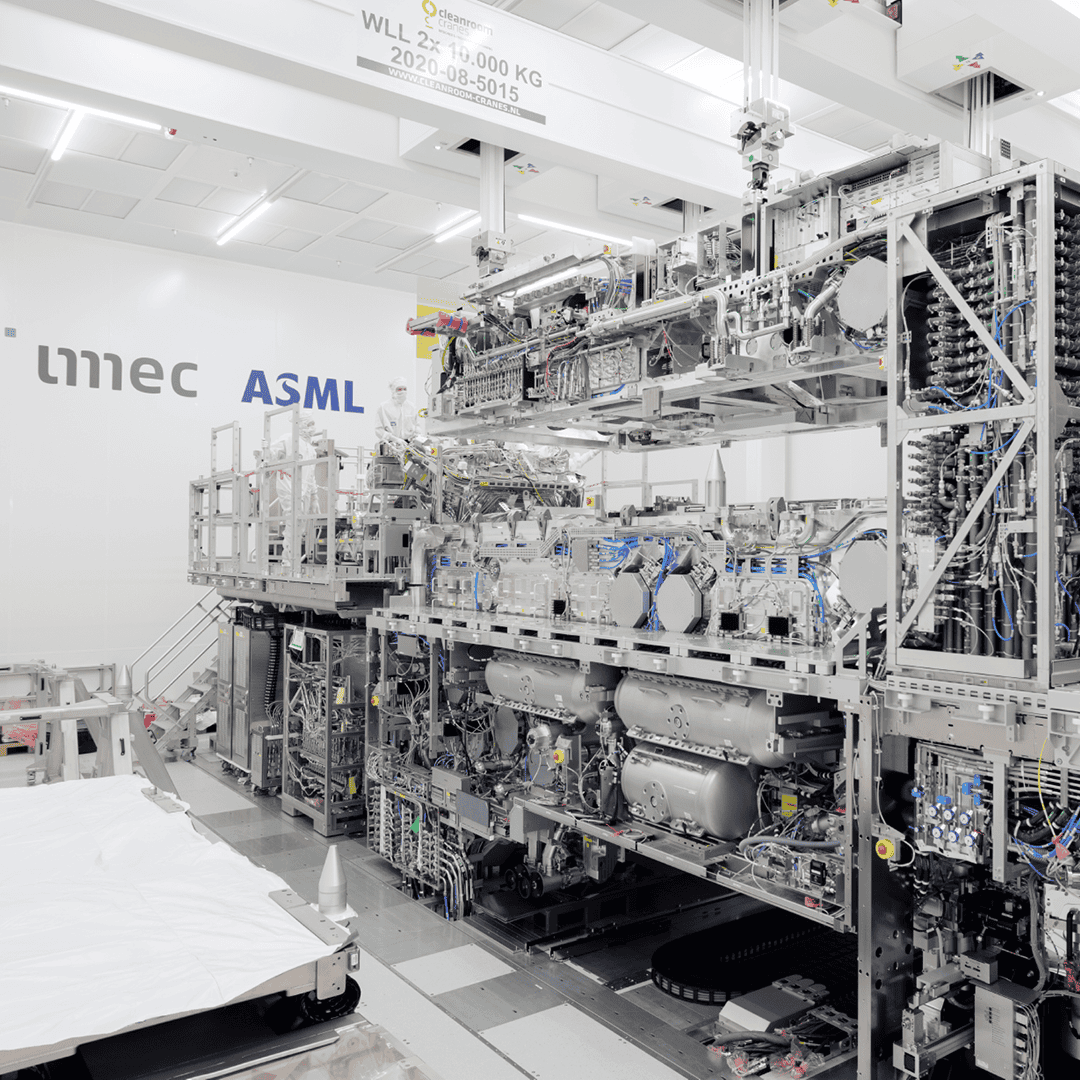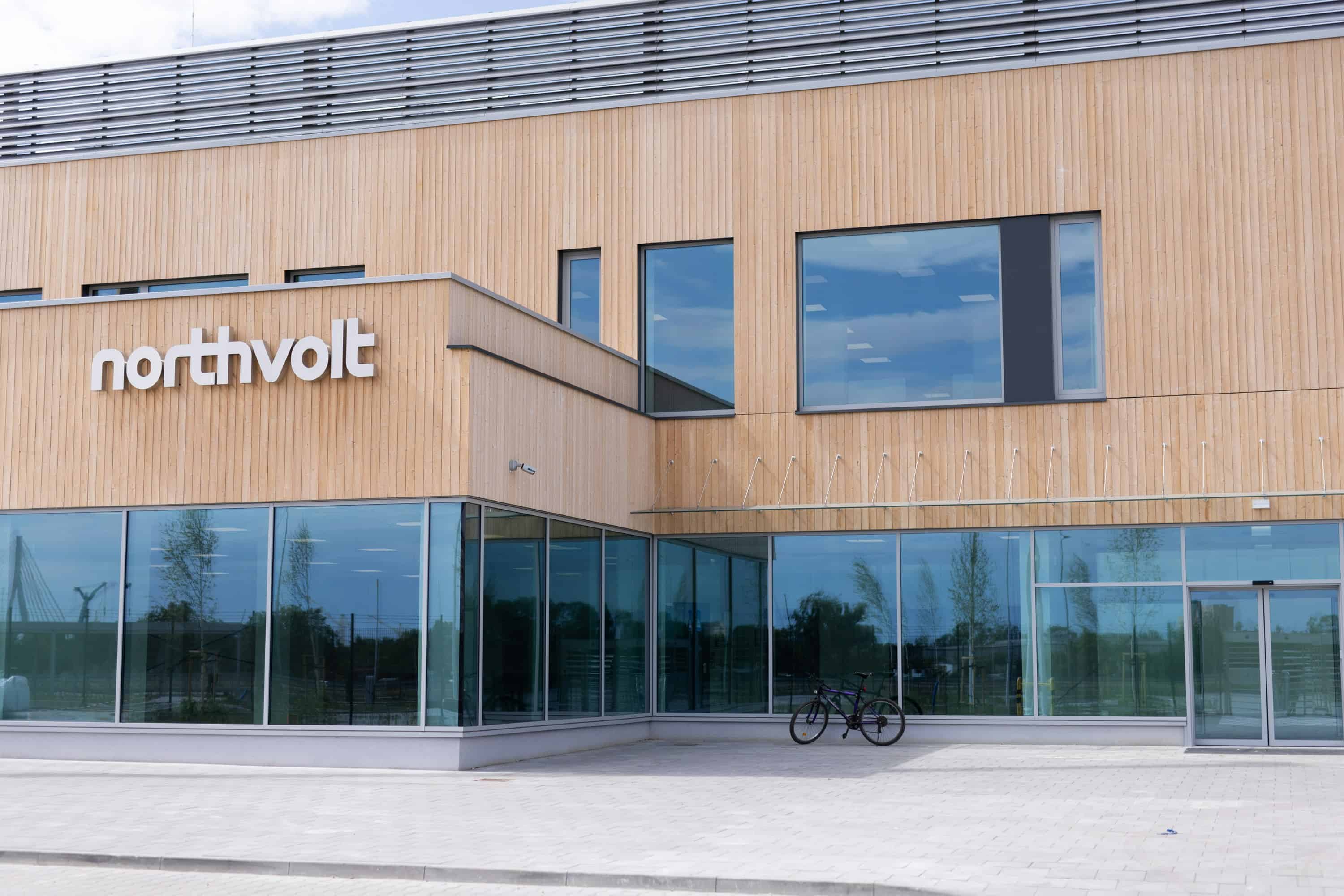
A groundbreaking solid-state lithium battery, developed by the European H2020 Solidify consortium led by imec, has achieved an impressive energy density of 1070 Wh/L, surpassing current lithium-ion batteries by over 25%. This breakthrough promises a cost-effective and adaptable manufacturing process compatible with existing production lines. The prototype demonstrates improved safety, faster charging, and reduced environmental impact through cobalt-lean cathodes. With a projected production cost under €150 per kWh, this innovation could revolutionize electric vehicle batteries, bringing solid-state technology closer to commercial viability.
The technological leap achieved by the SOLiDIFY consortium centers around the innovative use of a doped polymerized ionic liquid (PIL)-based nanocomposite material as the solid electrolyte. This material enables a unique liquid-to-solid approach, critical for the solid-state battery’s enhanced performance and safety features.
Why this is important:
Cheaper and higher-performing batteries are essential for better electric vehicles. Solid-state batteries offer considerable benefits in terms of safety and energy density.
Solid-state vs. lithium-ion
Unlike traditional lithium-ion batteries that use liquid electrolytes, solid-state batteries employ a solid electrolyte material. This structural change provides significant benefits, including a higher energy density and reduced flammability. The solid electrolyte allows ions to flow through it, enabling the battery to charge and discharge efficiently. In the case of the new prototype incorporates a thin lithium metal anode and a high-capacity composite cathode, separated by a 50 μm solid electrolyte separator.
One of the standout features of this breakthrough is its cost-effective manufacturing process. The process is adaptable to existing lithium-ion production lines, which means that manufacturers can adopt this new technology without significant retooling costs. The production method involves a sol-gel reaction, transitioning from a liquid to a solid state, which facilitates the integration of high-energy materials and advanced electrode architectures.
Project details and goals
The SOLiDIFY project, part of the Horizon 2020 initiative, aims to advance the liquid-processed solid-state cell fabrication concept from lab-scale demonstration to prototype production on a pilot line. By achieving this, the consortium seeks to develop manufacturable materials and processes and enhance full-cell integration steps. The ultimate goal is to achieve a cell energy density of over 1200 Wh/L, a charging capability of 20 minutes, and a useful cycle life of more than 1000 cycles.

Further benefits and safety
Safety is a critical concern for battery technology, and the solid-state design offers improved thermal stability and reduced flammability. The solid electrolyte remains stable across a wide temperature range, from -40°C to 300°C. This stability is further enhanced by nanometer-thin protective coatings, which enable the use of cobalt-lean nickel cobalt manganese cathodes. These coatings not only improve safety but also reduce the environmental impact by lowering the cobalt content.
Cost and sustainability
From a cost perspective, the new battery technology is projected to be highly economical. The manufacturing cost is expected to be less than €150 per kWh, making it competitive with current lithium-ion batteries. Additionally, the process is designed to be environmentally friendly, utilizing a water-based cell assembly process and reducing CO2 emissions. The use of cobalt-lean materials also aligns with sustainability goals, aiming to decarbonize transport and reduce the environmental footprint.
Looking ahead, the consortium plans to further upscale this high-performance battery technology. This involves enhancing both energy and power density, as well as researching next-generation cathode materials and lithium-metal anodes via electroplating. The collaborative effort includes 14 European partners, ensuring a comprehensive approach to developing and commercializing this innovative battery technology.








